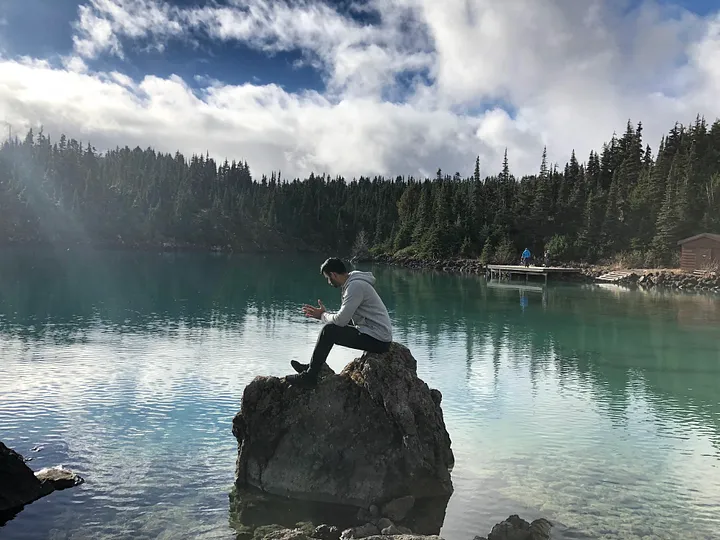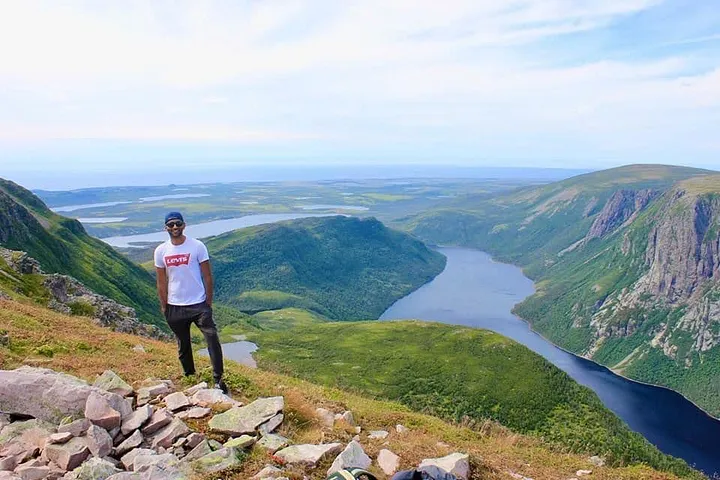There is no doubt I love to hike with my partner, but sometimes she does not like to go on a hike when she is tired or busy at work on weekends. Yes, she works on Saturdays. As a frequent hiker, I don’t mind going on a solo hike because it helps me introspect.
If you’re in the same boat as me, here are some safety tips to keep you safe while hiking alone.
Prepare for the trail
Preparation is the first step to having a pleasant hiking experience. Before getting in the car, I double-check that I have everything I need for the hike: food, hiking gear, weather check, emergency equipment (satellite communicator), batteries, and a first-aid kit.
Most of the time, I get my statistics from AllTrails about the hike, which is a completely free app. You may read the comments on the AllTrails app about what other people have said about the trail’s difficulty level.
Pro Tip: Always stay hydrated!!
Must share with somebody
Always tell your partner or someone that you are going to that particular trail; most of the time, there are no cellphone signals on the path, it’s preferred to give them an estimated time.
As there are no cell phone signals on the trail; I would suggest investing in a satellite communicator — this little device will help you send a text and precise location even where there will be no signals. I highly recommend this device, especially when you are hiking alone.

Take it easy
No one can complete a 5- to 10-kilometer hike on their first day, so take it slowly. I strongly advise you not to test your limits, which you may not even be aware of at this point. Hiking alone can be challenging at times, especially in dense forests, or if you are not used to hiking alone, there is no shame in turning around.
But I make sure that I respect her strengths when I am doing a hike with my partner. For example, I’ve been hiking since 2007 and, on average, hike 300+ miles each year with or without my partner. It should be an enjoyable hike not to put her mood off by starting an extraordinary arduous journey.
When I go hiking alone, I keep the same plan in mind: I want to enjoy and relax as much as possible. I occasionally make many stops to breathe in the scenery, take pictures, or even make videos. It is entirely up to you to determine what makes you happy.
No electronics
You must be surprised that I recommend getting a satellite communicator to keep you safe in an emergency. However, when I say stay away from electronics, I mean stay away from screen time, headphones, laptops, and other electronic devices; as a result, your eyes, body, and especially your brain will thank you.
It will also keep you safer because you will be more aware of your surroundings and animals if you are not wearing headphones or playing anything else.
There are many bears and/or moose on the trails in Canada. It’s up to me to keep an eye on what’s going on around me. Personally, I never listen to music on hiking; If I play music, I will disturb nature rather than enjoy it.

Wildlife breeding season
Always check the local government’s website for information on animals and respect their habitat. For example, most of Canada’s long trails are closed to the public during the breeding season, which I appreciate because we are on their territory and should respect nature.
When I used to hike in Vancouver, British Columbia, I had to have bear spray with me at all times. It was also suggested that people walk in groups, especially in bear territory.
Hiking stamina is like building muscle
It takes time to grow muscle; you can’t obtain a physique by going to the gym in a day. In the same spirit, I would recommend beginning with little trails near your home. I started on an 800-meter trail and can now comfortably hike 10–12 miles in a day without feeling tired. You can do it, too, if I can do it.
Keep learning, hiking, and most importantly, stay safe!

